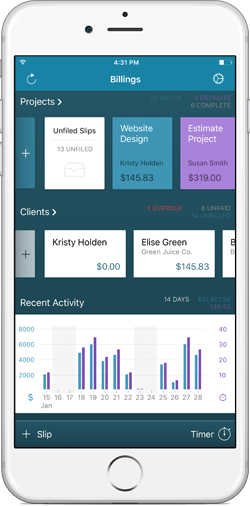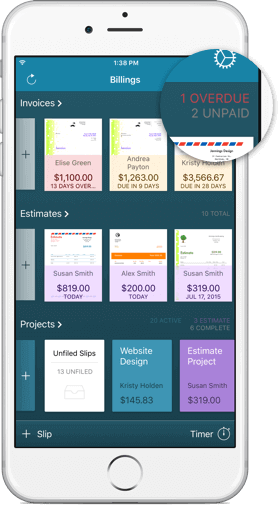Alexandra Mintsopoulos, writing for Medium:
I’ve been watching the story about Apple’s “declining software quality” unfold over the past year with amusement but never felt the need to write anything contesting this narrative until John Siracusa (on episode 155 of Accidental Tech Podcast) came to the conclusion that the problem must be real because the story keeps coming back up. To John’s credit, he allowed for the possibility that this is a perception problem but ultimately concluded otherwise because “no one else seems to be disagreeing”. I disagree.
And:
Apple’s installed base of users has grown massively over the past few years. Even if you dismiss this as a lagging indicator what you cannot dismiss is that customer satisfaction remains at an all-time high. More importantly, actual usage of Apple’s products and services continues unabated, something you would not expect if Apple’s software quality were truly declining.
Apple’s software has certainly gotten much larger and more complex. That said, I don’t think it’s fair to equate Apple’s scorching hot product sales with any measure of software quality.
Look at Windows. No matter the reputation for poor interface design or bugginess, Windows long reigned as the defacto standard, a hallmark of software sales.
Apple products sell because they are beautifully designed, true, but they also sell because that is what we are used to using. Switching lanes is hard and becoming harder.
I’ve been using Apple software since the beginning. In my experience, bugs in the OS were few and far between. Now, I can’t go a day without encountering some sort of gremlin. But I don’t blame quality, I blame complexity.
Apple’s operating systems and products have far more edge cases than they used to. There are orders of magnitude more things to test for. It’s almost impossible to build a set of tests that mirror all possible configurations. What works when you are a niche player does not work when you are one of the biggest companies in the world. In short, Apple is the victim of its own success.
Jessie Char tweeted:
Early adopters have lost the wide-eyed excitement of trying something new and understanding a product’s potential.
I completely agree. I love my Apple Watch. It performs spectacularly well for rev 1 hardware. My Mac does an incredible array of things and, for the most part, it does them in workhorse fashion, performing again and again with only occasional hiccups.
Are there problems? Yes, no doubt. Some bugs become widely known and persist for years. But complexity means long lists of fixes for no-doubt weary and overworked software teams at Apple. But ask yourself this: Would you rather be using Windows? Or an Android phone? To me, it’s not even close.



